|
This was our final full day at Santa Clara and Doug was leaving us today so we spent just a couple of hours first thing exploring the grassland and scrub opposite the Los Caneyes hotel. This whole area would definitely merit more attention, a whole holiday in fact but we didn't have that long. We did however find the tiny Nanus Skipperling Oarisma nanus and a beautiful male Bartram's Scrub-Hairstreak Strymon acis (both new for the trip) as well as several Mexican Fritillary Euptoieta hegesia and De Villiers' Swallowtail Battus devilliers, adults and larvae. So we said farewell to Doug and dropped him at the bus station to make his way back home - a good friend, a perfect companion and a great entomologist - thank you Doug for another great trip. So Lynn and I set off on our own for a walk around the area and photographing things at leisure. Lynn had seen hundreds of Great Southern White Ascia monuste here first thing this morning but many had now dispersed. There were also plenty of Gulf Fritillary Agraulis vanillae and White Peacock Anartia jatrophae. and we saw Fiery Skipper Hylephila phyleus and Dainty Sulphur Nathalis iole both of which have been quite scarce on this trip. The Cuban Whiptail Pholidoscelis auberi has adapted to living on the ground and can be very common in some areas. It is endemic to the island and is widespread but very variable, having thirty recognised races. And this appears to be a slightly dark Cuban Brown Anole Anolis sagrei and perhaps it is though the dewlap is unusual in having much more yellow on it. Normally the dewlap is all red in the centre with a pale yellow border so we'll have to see what the experts think. And later a Cuban Blue Anole Anolis allisoni posed rather inelegantly but carefully avoiding the spines on the twigs. These too are common and widespread but perhaps less so than Cuban Green Anole Anolis porcatus. In the afternoon we explored the hotel gardens and again I wasted quite a lot of time trying to get in-flight pictures of the Antillean Palm Swifts with very little to show for it. We did find a female Cuban Crescent Anthanassa frisia. I could tell it was a female by its behaviour because it alternated between sunning itself and exploring the low leaves close to the ground often crawling from one leaf to the next looking for suitable leaves on which to lay. Eventually it disappeared from view altogether for about a minute and then flew out to resume sunning itself. A search soon revealed nine freshly laid eggs on the underside of a leaf which I think is Ruellia blechum but I might be wrong as there were no flowers to go on. The concrete water channels in the gardens still contained a bit of water and there were a few dragonflies, mainly Macrothemis celeno Antillean Sylph cruising up and down. Yesterday evening we had noticed several large bats flying in and out of the mango tree by the Reception so this evening I took the camera and managed to get a picture from which it might be possible to identify it. I thought to begin with that they were fruit bats coming in for the ripe mangoes but it may be that they are insect feeders with a daytime roost here in the tree. There was also a group of about ten roosting in the top of the Reception itself.
0 Comments
Leave a Reply. |
Welcome to our Blog
Here we will post interesting news about what we and others have seen in Cuba. Archives
March 2024
Categories |







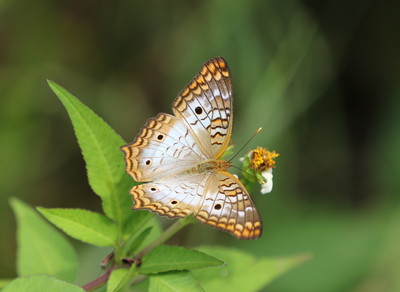

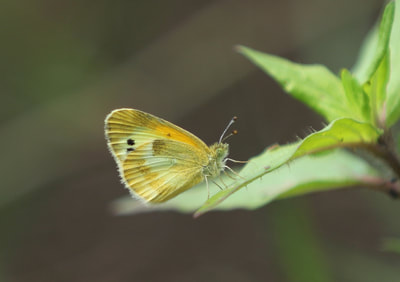


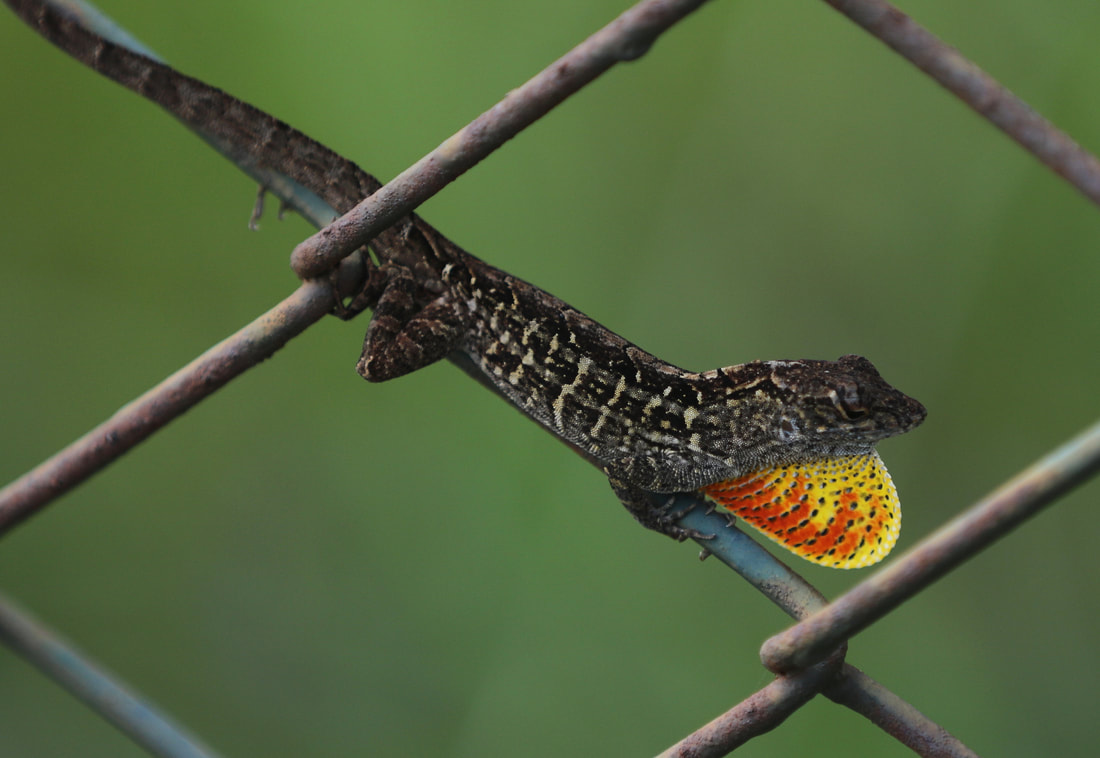



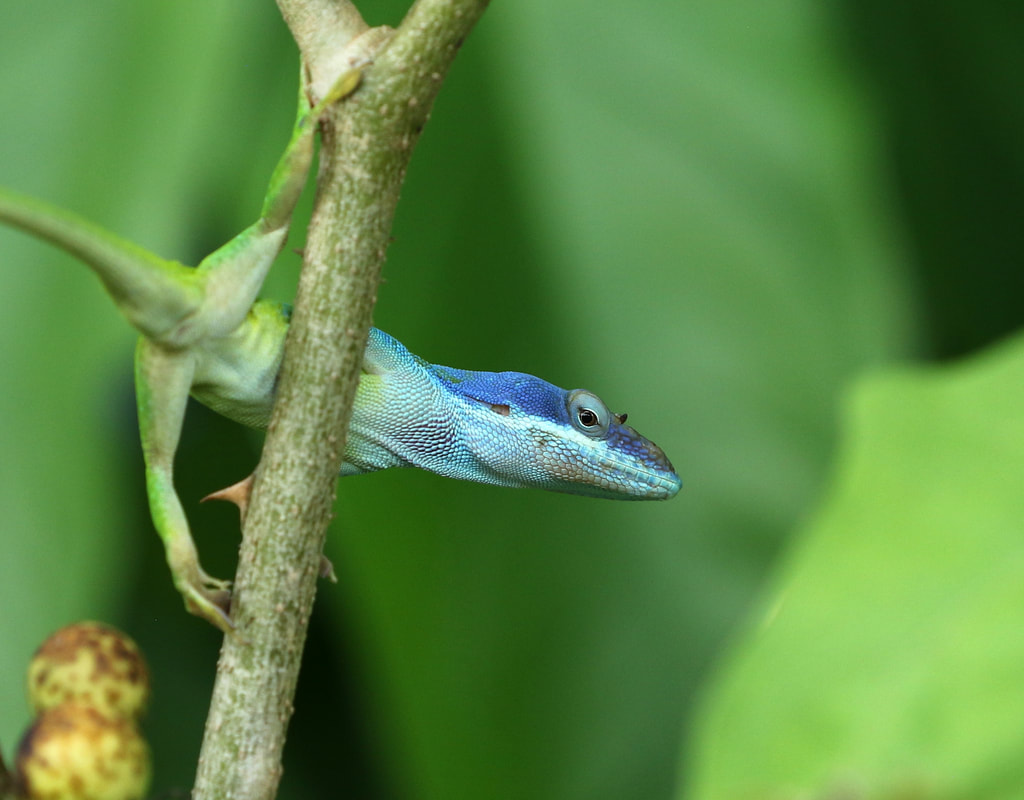


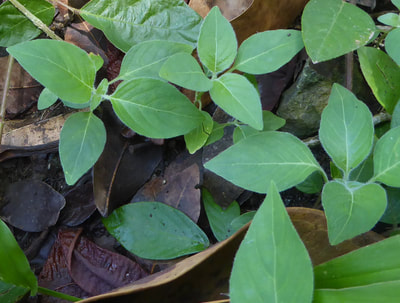






 RSS Feed
RSS Feed